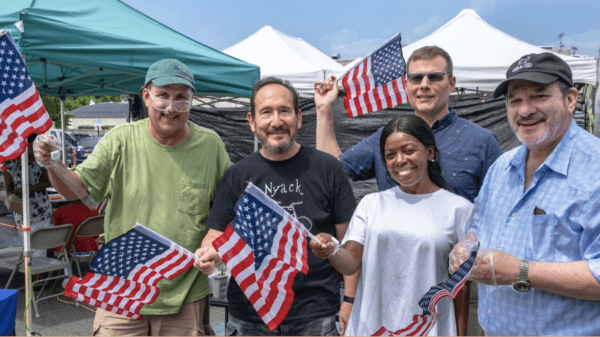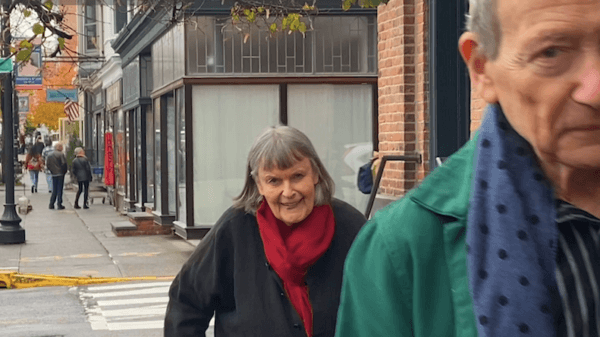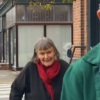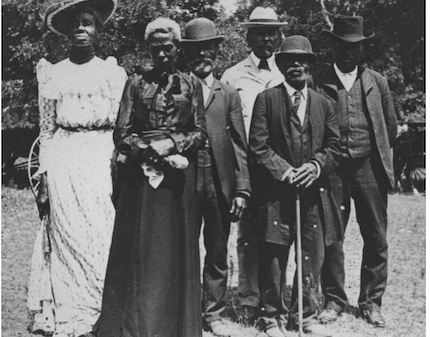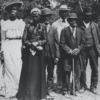Nearly 200 years ago, a fire destroyed a large Catholic seminary and church in Upper Nyack just before it opened. Surprisingly, some cheered when the roof of the largest structure in Nyack collapsed. Was the fire an accident or an act of arson by anti-Catholic agitators? At the time, Catholics were much maligned in the United States and in Rockland County. The idea for the seminary was the brainchild of John DuBois, Bishop of the Roman Catholic Church in New York.
Anti-Catholicism in America in the 1830s
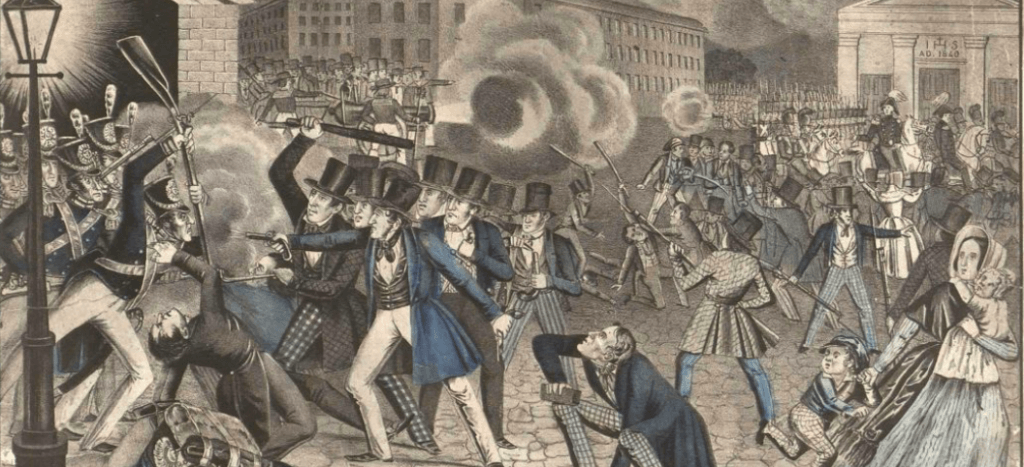
Anti-Catholicism was a prevalent sentiment in America during the 1830s and 1840s. This was largely due to a combination of factors including an influx of Irish and German Catholic immigrants, religious tensions between Protestants and Catholics, and political disputes over issues such as public education.
Many Americans during this time viewed Catholicism with suspicion and hostility, seeing it as a foreign and un-American religion that threatened their way of life. Protestants were concerned about the influence of the Catholic Church and its perceived anti-democratic tendencies. Some even accused Catholics of being loyal to the Pope rather than to the United States.
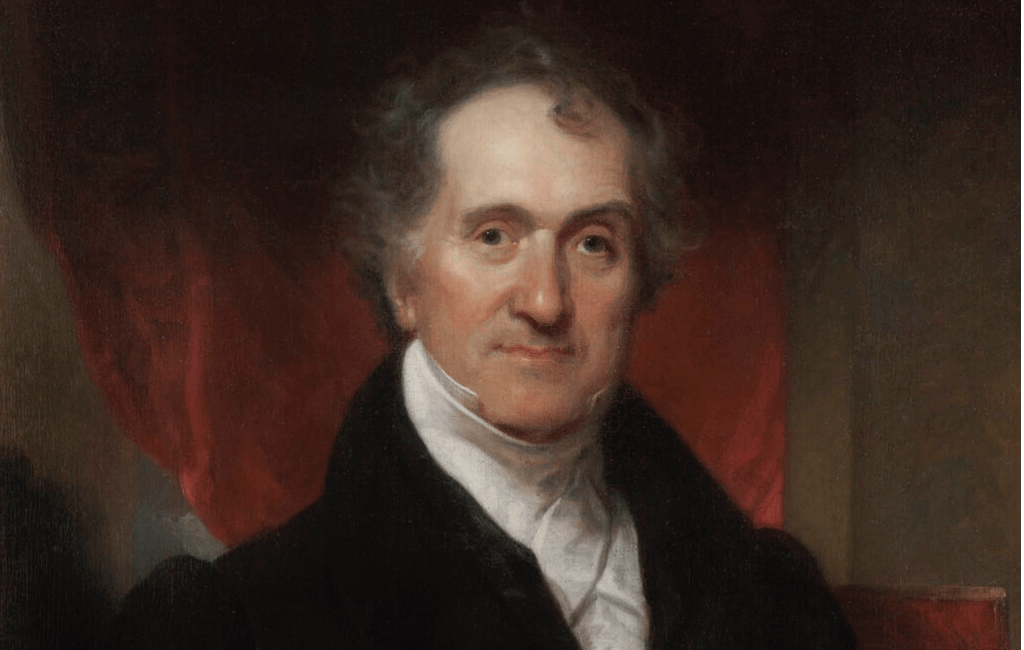
Anti-Catholic sentiment was expressed through a variety of means, including newspaper editorials, public speeches, and even acts of violence. In some areas, Catholic churches and institutions were vandalized or burned, and there were instances of physical attacks on Catholics. In the 1836 presidential election, where the newly formed Anti-Catholic Party fielded a candidate, William Wirt, who won several states but ultimately lost to Martin Van Buren. It should be noted many Americans rejected this bigotry and advocated for religious tolerance and freedom.
Anti-Catholicism in Rockland County in the 1830s
Much of Rockland County was originally settled by Dutch Protestants and French Huguenots who escaped religious persecution and immigrated to the new world. The dramatic flight from their homes in Europe and the struggle to survive in new homelands left the descendants with a dark view of Catholicism. In addition, early English and Scotch settlers occupied the center of Rockland County. Many of the English were descendants of Puritan immigrants escaping religious conflicts.
Bishop John Dubois
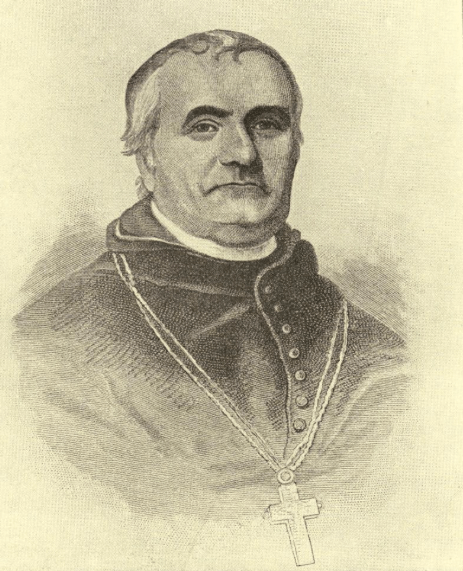
Father Dubois emigrated to America in 1791, escaping from the religious intolerance of the French Revolution. He settled in Virginia where both the Episcopal Church and religious freedom were recognized by statute in 1786. In 1826, the Vatican appoint Dubois as the third bishop of the New York diocese and the first non-Irish bishop. Because of his accent, he was viewed by many with suspicion. He served until his death in 1842. At his request, he was buried under the sidewalk of the old St. Patrick’s Cathedral on Mott Street so that “people could walk on me in death as they wished to in life.”
Why a Seminary in Protestant Nyack?
Bishop Dubois, although somewhat early in his timing, identified the growing need for a Catholic presence in Rockland County. He planned both a seminary building for the education of priests and a church. In the 1830s, riverside brownstone quarries employed the most workers of any industry in Nyack. Dubois assumed that additional laborers would come to Nyack from the population of newly arrived Irish-Catholic immigrants. However, according to Frank Green, author of the History of Rockland County, the early quarries were owned by staunch anti-Catholic Protestants. Owners hired local protestant residents.
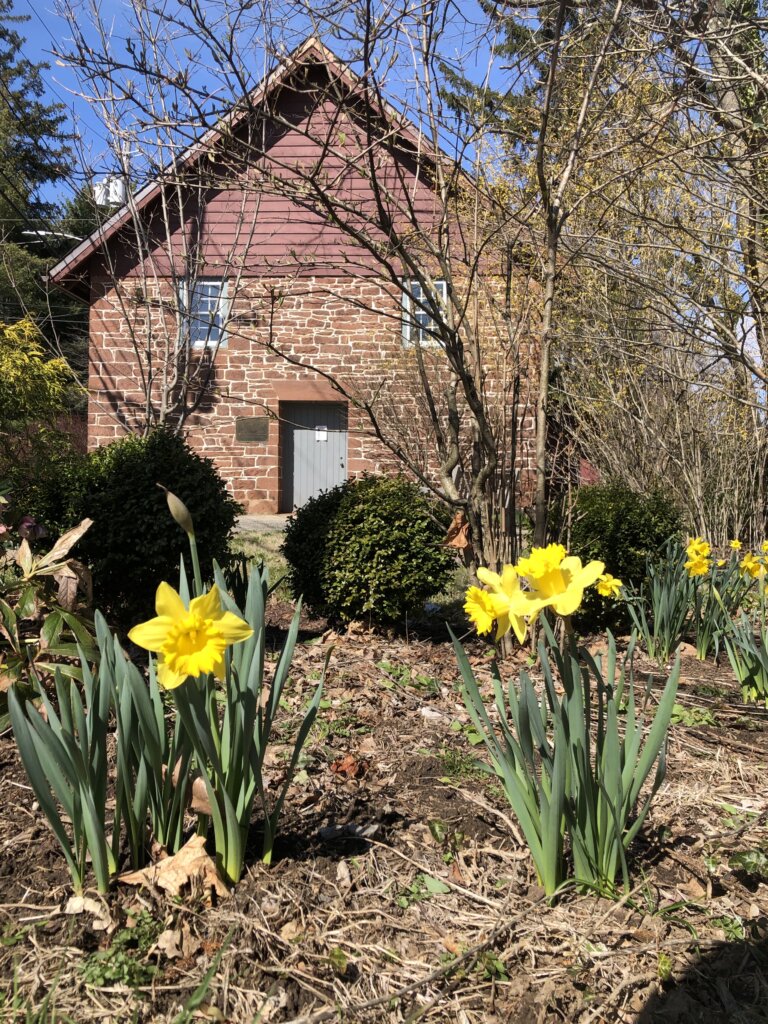
A newly formed Methodist congregation and church, now known as the Old Stone Meeting House, on N. Broadway not far from the future seminary, added to the tension created by a new large Catholic presence in the neighborhood.
“With the power of hind-sight, it is easy to see how ill-timed this movement was … our people have been unusually conservative.”
Frank Green, History of Rockland County
Dubois Acquires Property in Upper Nyack
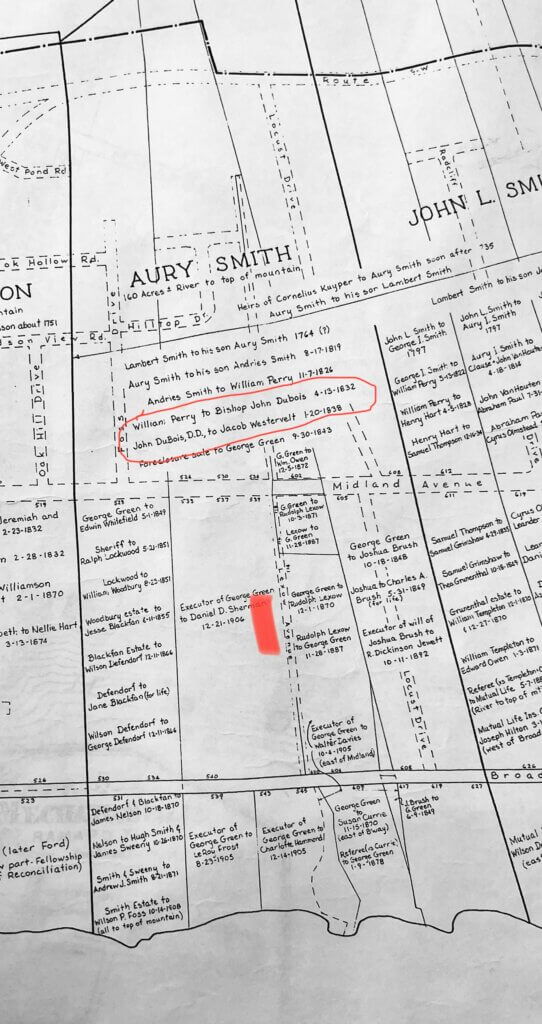
Dubois purchased 162 acres of farmland from the heirs of William Perry. The farm was one of six farms in Upper Nyack in 1776 that descended from heirs of Cornelius Kuyper, the original landowner and settler of all Upper Nyack. The Perry farm, once a part of the farm of Captain Aury Smith, ran from the Hudson River to West Hook Mountain above 9W on the west. The farm straddled a farm lane probably expanded for construction of the seminary. The lane was later called Lexow Avenue, the first road between Broadway and Midland north of Old Mountain Road.
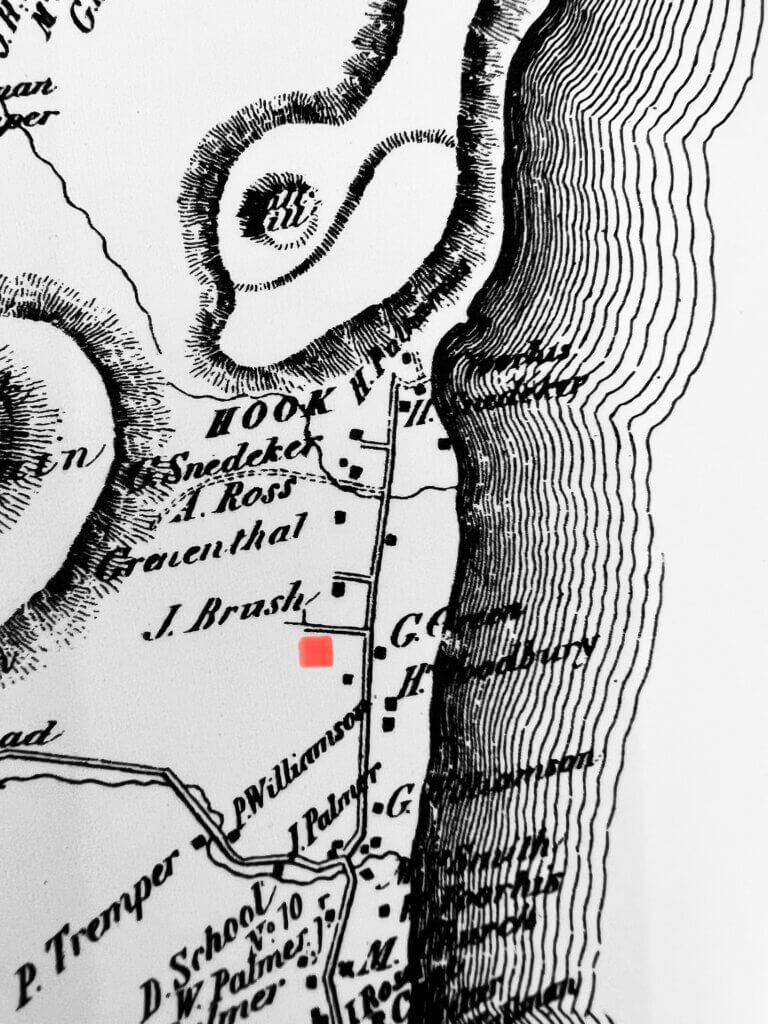
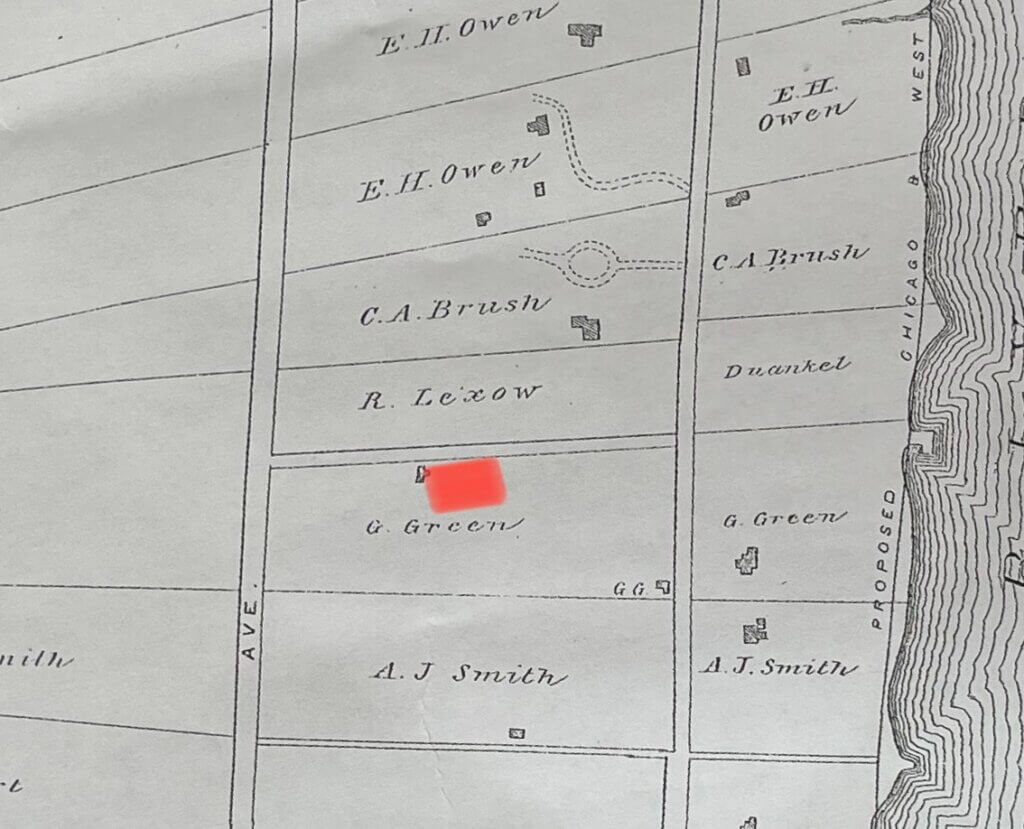
According to the parish of St. Ann-St. Paul web site, work started on St. Joseph’s seminary under Rev. Father McGreary in 1833. Later it was carried on by Rev. Rather Marshall, and finally by Rev. John McCloskey, the first native New Yorker to be ordained and, later, the first American cardinal.
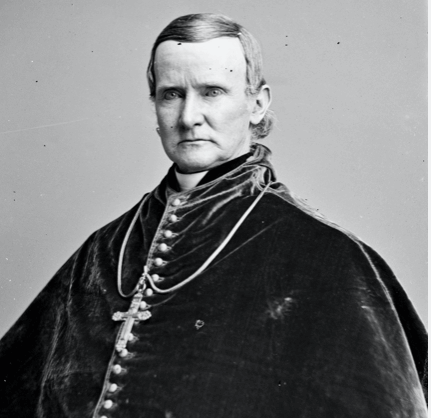
The First Mass in Rockland County
The first Catholic mass performed in Rockland County occurred at a small house on the newly acquired property near Broadway and the intersection with Lexow Avenue. For a short period, a school was opened in this house under the auspices of Father McCloskey. He was named a professor of philosophy for the emerging school and vice-president of what was to be named St. Joseph’s Seminary in 1834.
St. Joseph’s Seminary
The seminary was built on the south side of Lexow Avenue midway between Broadway and Midland Avenue using sandstone quarried on the farm, likely the quarry whose remnants can still be seen along N. Broadway. Lumber was acquired locally from the Green family lumber yards. The three-story building was designed with a central section and two wings covered with a slate roof. It was 80-feet long and 30 feet deep.
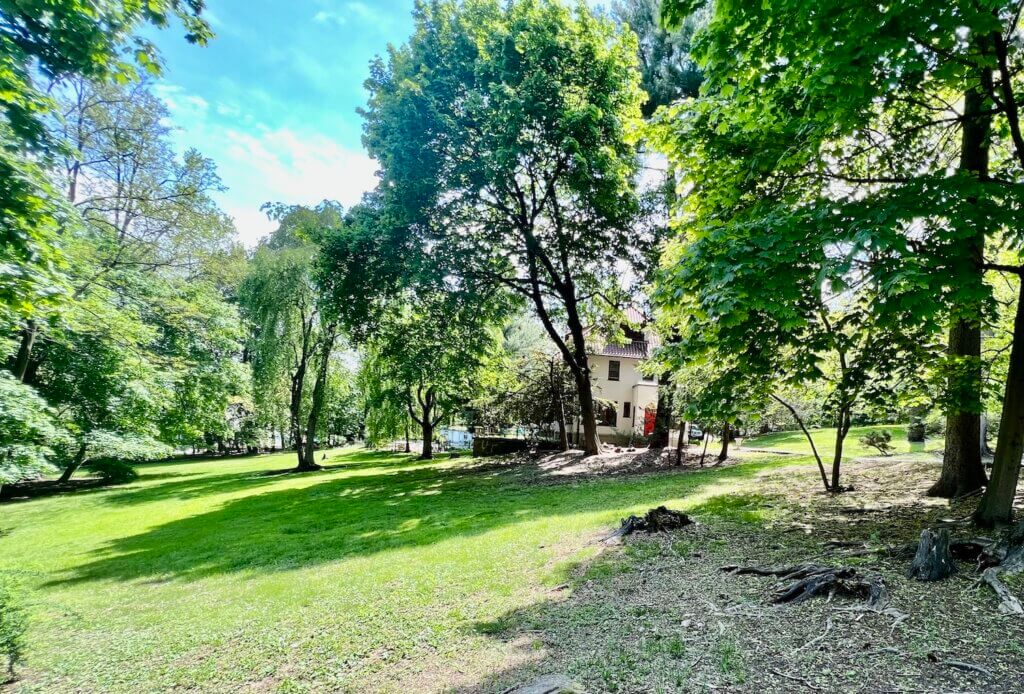
It must have been an imposing building emerging from the farmlands of Upper Nyack. The size of the building dwarfed the Old Stone Meeting House and may have been larger than the first Dutch Reformed Church in downtown Nyack.
Just as it was near completion, a ferocious fire broke out in the south wing and destroyed the entire building. The only fire company in Nyack, located over two miles away, consisted of a single “bucket” engine, worked by cranks. Once the fire got going, there was no stopping it.

What Caused the Fire?
Many cheered when the roof caved in. The common knowledge among the members of the church was that the fire was incendiary in origin, given the animosity of locals against the religion. Forty years after the fire, historian Frank Green interviewed people, both Protestant and Catholic, who either worked on the building or were present at the fire and came to a very different conclusion.
According to Green, a worker started the fire when he took out part of a glue pot with a flame to boil an egg. The room in the south wing was covered six to twelve inches deep in wood shavings. Windows and doors were stacked against a wall. The worker left the room and when he came back the shavings were on fire. Rather than call for help, he grabbed one of the doors and threw on the fire to smother it.
In Green’s words, the effect was disastrous. The current of air caused by the falling door, scattered burning shavings everywhere. Suddenly, the whole room was ablaze, and the fire grew quickly. The only fire company in Nyack organized in 1834 was of little help. It was over two miles away, there was no alarm system, and even if they did make it to the fire they had only a single fire engine that filled fire buckets using a hand crank. The building was a total loss.
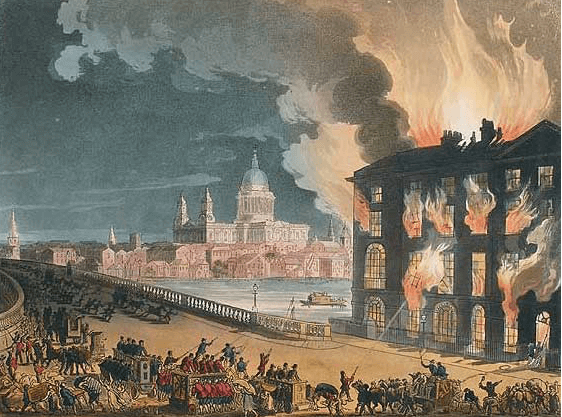
The Aftermath
The fire cracked and warped the stone walls. The cost of a new building and local anti-Catholic sentiment led Bishop Dubois to decline to rebuild. The walls were taken down and the stone moved to Brooklyn, exactly where is unknown. The foundations remained for many years, but no evidence remains today.
The church sold the farm to George Green, son of John Green, one of the most important businessmen in early Nyack. George Green built a large Italianate residence on N. Broadway just north of where the first Mass was held. Green was known for his vineyards and fruit trees, many of which may have occupied the former seminary location. No trace of the foundation remains today.
St. Ann
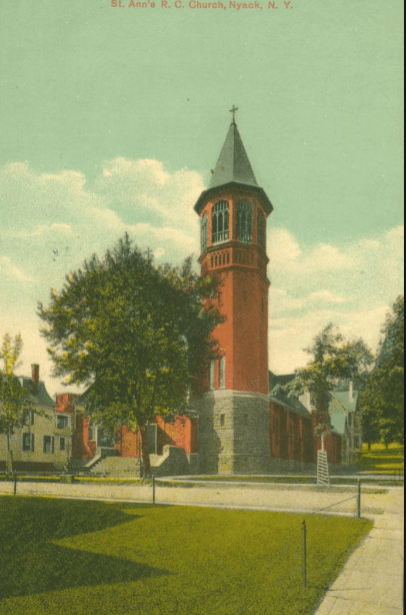
By the 1860s, Catholic population in Nyack increased and DuBois vision for a church was to be fulfilled. For a time, services were held in a loft above a blacksmith shop at the corner of Main and Bridge Streets. In 1867, the congregation acquired four lots on Jefferson Street owned by the nearby Grace Episcopal Church. On January 1, 1870, the first mass was held in a new St. Ann.
A Look Back
Simple events often change the course of history. In this case, an accidental fire changed the future of Upper Nyack and the location of a permanent home for Catholics in Nyack. After the destructive fire of a huge building, it took another twenty-nine years to fulfill Father Dubois ‘s dream of a permanent home for Rockland Catholics.
Michael Hays is a 35-year resident of the Nyacks. Hays grew up the son of a professor and nurse in Champaign, Illinois. He has recently retired from a long career in educational publishing with Prentice-Hall and McGraw-Hill. Hays is an avid cyclist, amateur historian and photographer, gardener, and dog walker. He has enjoyed more years than he cares to count with his beautiful companion, Bernie Richey. You can follow him on Instagram as UpperNyackMike.



